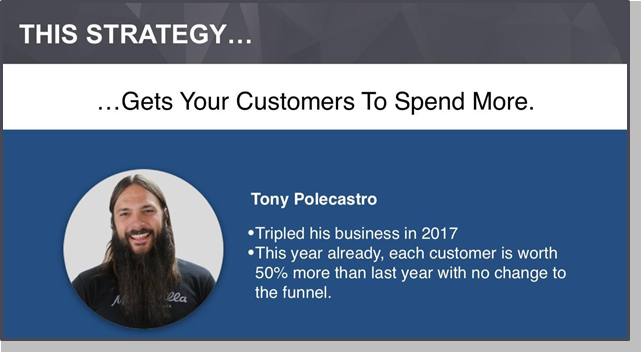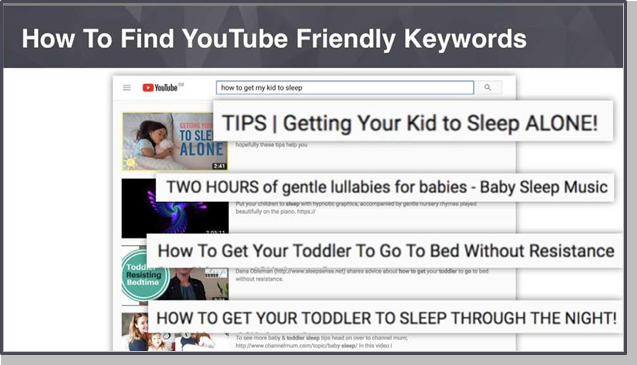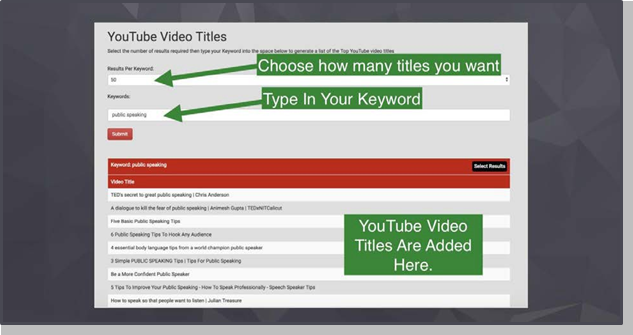Tom Breeze
Tom Breeze is a YouTube Ads expert. He’s an entrepreneur, speaker, author and his YouTube ads agency, Viewability, boasts an impressive client list including Frank Kern, Neil Patel, Amy Porterfield, Brendan Burchard and many more. Tom will help you run YouTube ads properly so that you become the leader in your market.
YouTube ads are seen by millions of people a day. The video platform is one of the top three advertising marketing spaces in the world, joined by Google and Facebook.
Facebook is following in Google’s footsteps, increasing how much an ad costs to be seen by a target audience. In true marketing style, with more and more advertisers coming to the platform the cost of owning space is increasing.
Facebook and Google have shown that with the right copywriting, businesses can make millions of dollars off of advertisements on their platforms.
Does YouTube have the same power?
YouTube has the audience but motivating a viewer to convert is done differently than on the other advertising platforms.
YouTube is about search intent. People go to YouTube for a specific reason to find out correlating information. It’s a video search engine but that doesn’t mean advertising should resemble that on Google.
The YouTube advertisements that are creating conversions are engaging with customers.
Using these interactive advertisements, an online guitar teacher tripled his profits in one year without changing anything about his sales funnel. This type of advertising scales quickly, growing the customer’s base faster than normal advertisements.

The key to interactive YouTube advertisements is to react to whatever the customer is doing online. If you can change the conversation based on what their reaction is or based on the customer’s behavior, for lack of a better term, customer’s will fall in love with you. The type of ads that resonate with an audience are the ones that treat them like they’re offline.
There’s three steps to master interactive YouTube ads.

This is not about being some sort of amazing sales presenter or being able to really put a great pitch together. It’s about getting in front of your customers and just being genuinely useful and helpful to the user. Then, track every possible means of engagement possible. Based off of how users are reacting to the advertisement, an “If this, then that” campaign is launched.
Customers are going to YouTube because of four reasons:
- They want to know something.
- They want to do something.
- They want to buy something.
- They want to be inspired by something.
Consider YouTube a library. Most people visit YouTube with a specific search in mind which means that keywords are essential in a YouTube advertisement. Google keyword research does not work for YouTube.
YouTube-friendly keywords are a different ball game. There are three types of YouTube keywords that should be used per product:
- “Want to know” keywords
- “Want to do” keywords
- “Want to buy” keywords
Each product starts with ten “want to know” keywords, ten “want to do” keywords and ten “want to buy” keywords.
For example, a want to know keyword could be “parenting advice.” The correlating want to do keyword is “how to get my kids to sleep” and the want to buy keyword is “baby sleep product reviews.”
To put your product in front of the target audience, search each of these keywords and look at the results.
For example, when searching “how to get my kids to sleep,” these are the results:

Each of these titles is a YouTube-friendly keyword. These are the words to use in campaigns because they are proven to resonate a lot better with customers than the initial keywords.
Use these keywords within this tool to curate YouTube titles based off of keywords. The tool can be found at https://www.viewability.co.uk/p/TCS2018

Now that the customer can find you, the next step is ensuring the content
provides some type of value.
All YouTube interactive advertisements are designed to “Aducate”:
Aim Difficulty Understand Credibility Action Plan Teach Exit
The idea of “aducating” is to show the viewer that you understand where they’re coming from on an emotional level. Whatever they are struggling to do, the ad aims to prove that this company understands and their product will fix the problem.
The interactive advertisement is created from researching what people are struggling with and then marketing directly to this struggle. This data comes from engagement. What are people saying in the comments of the ads?
What words are they using and how can those words be created into an advertisement?
Lists are essential in marketing. Just like Facebook or Google, targeting a specific audience puts the advertisement in front of the people who actually care about it. Niching down and targeting one specific sector of people is necessary to increase engagement and create interactive ads that resonate with the right audience.
Once this audience is established, the “If this, then that” campaign is launched. The campaign will be followed by the normal marketing funnel of video ad, landing page, thank-you page, sales page, checkout page and
confirmation page. In this campaign, there will be several interactive ads that
all have a unique touch point.

The touch points are the video ad and the landing page. Users shouldn’t see the same ad several times, they should see all three ads. In this interactive YouTube ad, what the campaign says and offers at each stage should vary.
The interactive YouTube ad campaign isn’t designed to only increase profits. The focus is to create a community and brand ambassadors who purchase products and engage with the brand.
YouTube ads are being seen by millions of users a day, giving marketers one million chances to get people interested in their products. Create interactive YouTube ads that highlight the viewers major pain point, target the ad to a specific niche, and then launch an ad campaign showing viewers how you’ll solve their problem.
This is the interactive YouTube ad campaign that will turn strangers into customers.
